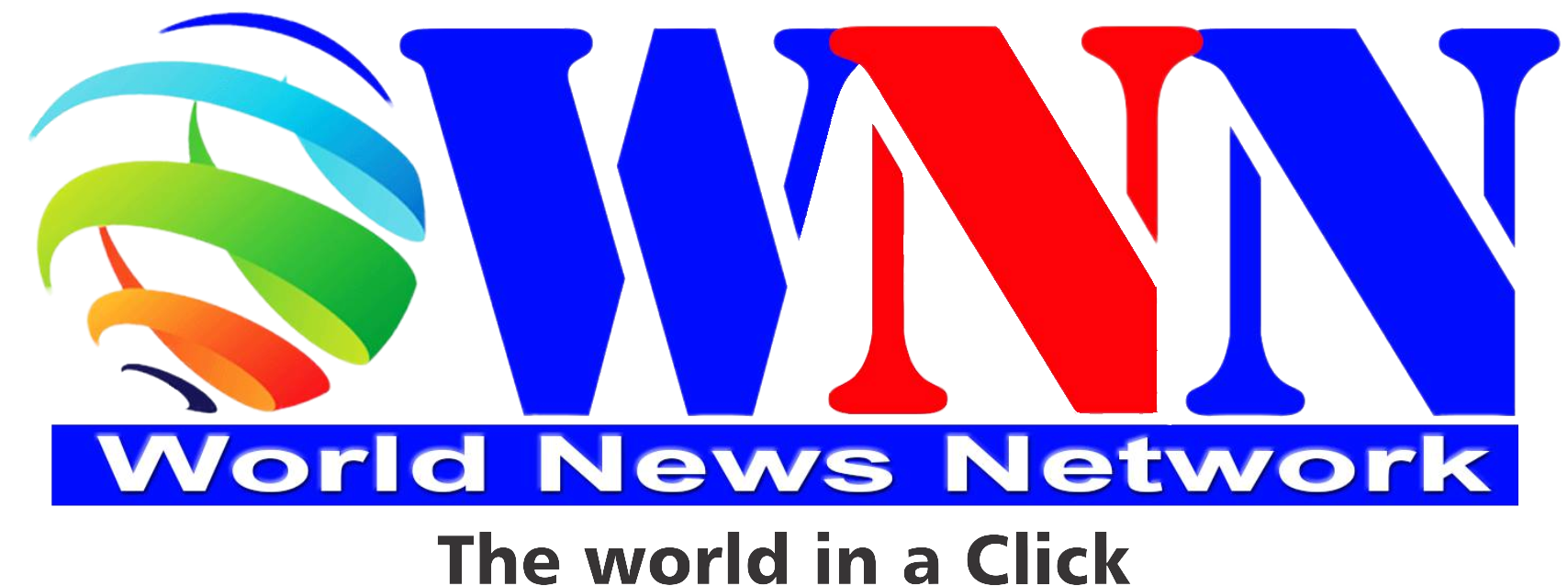New Delhi [India], July 26 (ANI): The Petroleum and Natural Gas Regulatory Board (PNGRB) has revised the tariff rates for third-party users of “common carrier” pipelines.
Under the PNGRB Act, the board is responsible for setting the tariffs for pipelines used by companies to supply oil and gas. Previously, pipeline tariffs were based on railway tariffs for moving petroleum products, but the board has now introduced independent criteria for determining pipeline tariffs.
The board has classified pipelines into three categories: non-bid pipelines commissioned before the PPPL (Petroleum Products Pipeline Transportation) tariff regulations of 2010 (i.e., before December 20, 2010), non-bid pipelines commissioned after the PPPL tariff regulations of 2010, and bid-out pipelines authorized before the PNGRB Amendment in PPPL Authorization Regulations, 2023.
For pipelines commissioned before the notification of the PPPL tariff regulations in 2010, the transportation tariff for petroleum products (excluding LPG) will be 75 per cent of the basic railway freight, and for LPG, it will be 100 per cent of the basic railway freight as per the Railway Goods Tariff Circular 19 of 2018, with a one-time escalation of 17 per cent effective from the date these regulations come into force until March 31, 2025.
From the financial year 2025-26 (i.e., from April 1, 2025), an annual escalation of 3.4 per cent will be applied based on a 10-year CAGR (Compound annual growth rate) of WPI (Wholesale Price Inflation) on a rolling basis, unless there is a change in the WPI by 0.5 per cent on either side.
Additionally, these pipelines have a one-time option to have the tariff determined based on the discounted cash flow (DCF) method if they incur capital expenditures for replacement, expansion, or augmentation.
For pipelines commissioned after the PPPL tariff regulations of 2010, the transportation tariff will be determined using the DCF methodology, with 12 per cent post-tax returns on capital employed over the economic life of the pipeline. This method is consistent with that used for natural gas pipelines.
For bid-out pipelines where the pipelines were authorized based on bidding parameters for the first 10 years of operation, the transportation tariff will be determined using the DCF methodology with 12 per cent returns over the remaining economic life of the pipeline, considering the Net Fixed Asset (NFA) at the beginning of the 11th year of operations.
Following the PNGRB authorization amendment regulations, bidders must quote tariffs for the entire 25-year lifespan. These regulations will come into effect on August 1, 2024.
“This reform aims to provide the financial stability and attractiveness needed to boost pipeline infrastructure growth in India. By prioritizing pipelines, the most efficient transportation mode, this initiative will help alleviate road congestion, minimize accident risks, and reduce pollution from road transport. Additionally, the new tariffs will benefit consumers by offering a more economical alternative to road transportation for moving goods, embrace the change and support a greener, safer, and more efficient future for petroleum transportation,” said Anil Kumar Jain, Chairperson PNGRB.
The board also noted that the tariffs have been revised because railway goods rates have not been updated since 2018, and the pipeline tariffs based on these rates have not accounted for inflation during this period. (ANI)
Disclaimer: This story is auto-generated from a syndicated feed of ANI; only the image & headline may have been reworked by News Services Division of World News Network Inc Ltd and Palghar News and Pune News and World News
HINDI, MARATHI, GUJARATI, TAMIL, TELUGU, BENGALI, KANNADA, ORIYA, PUNJABI, URDU, MALAYALAM
For more details and packages
















